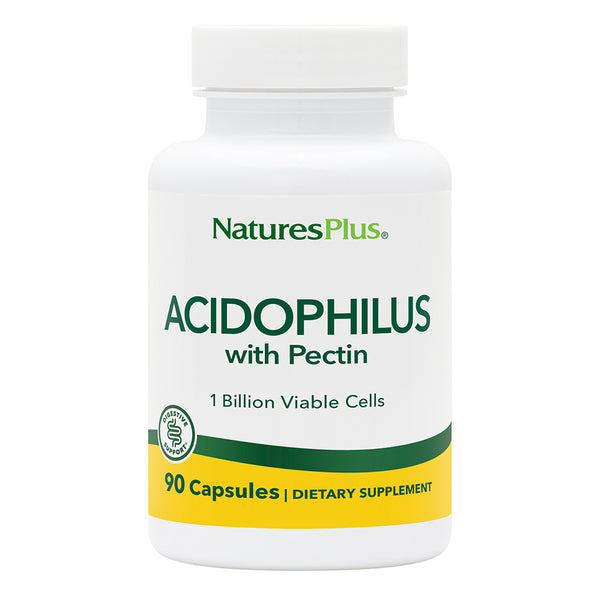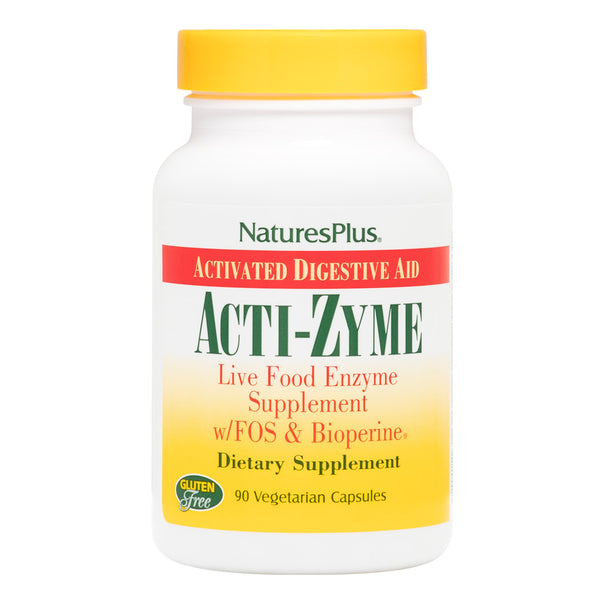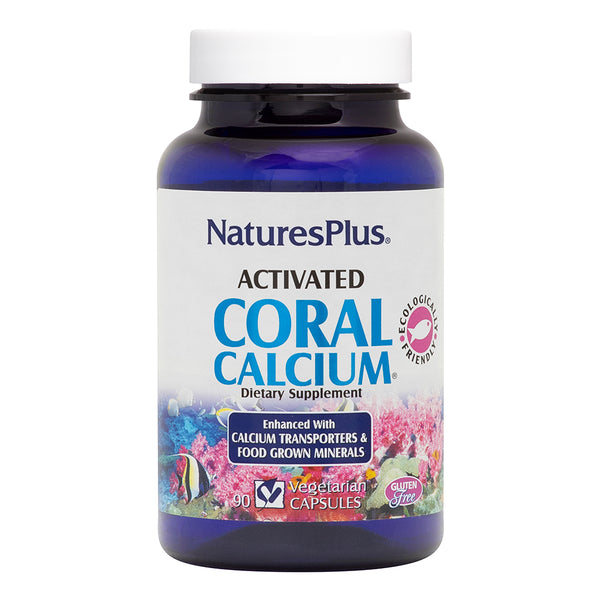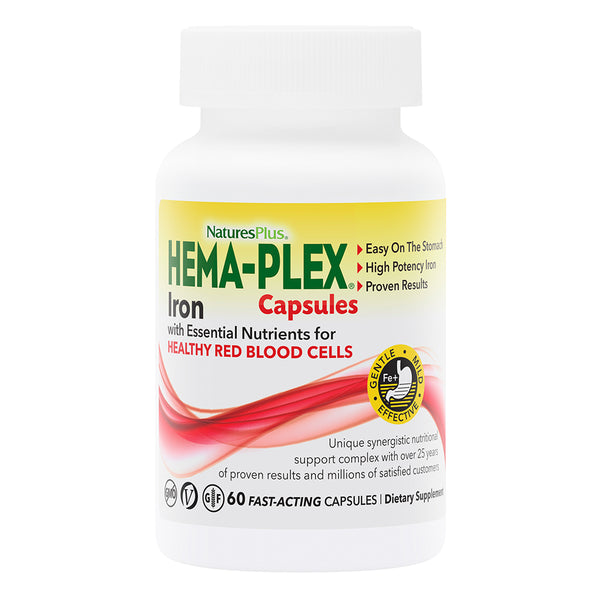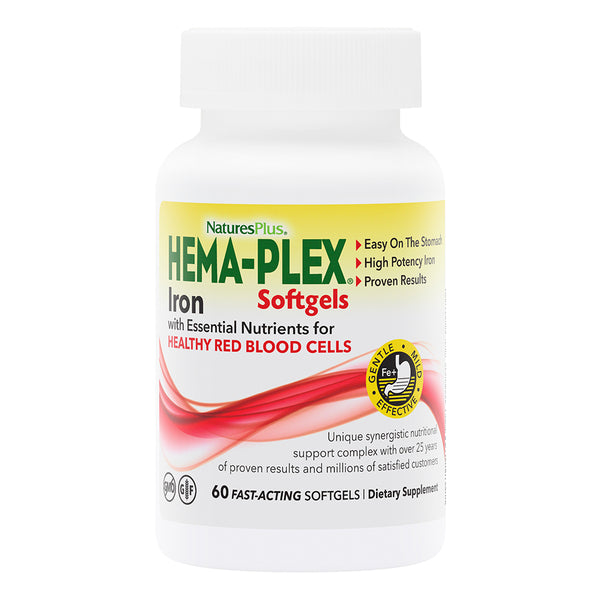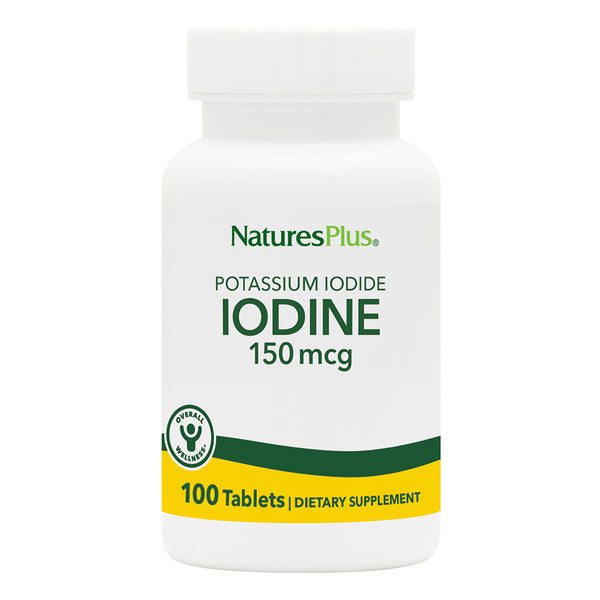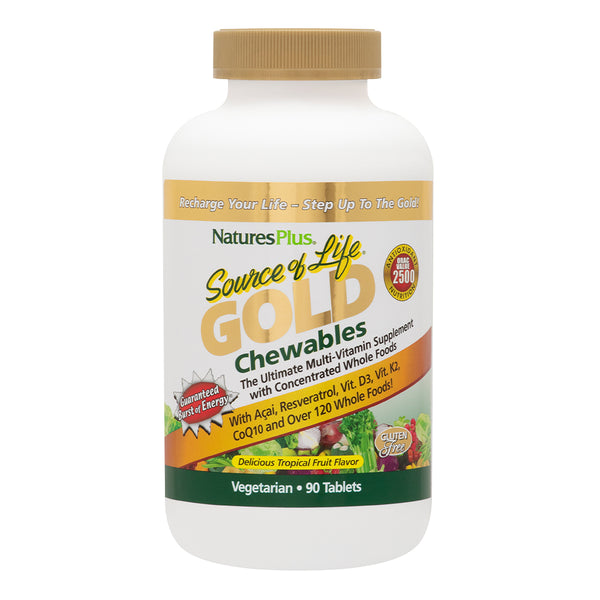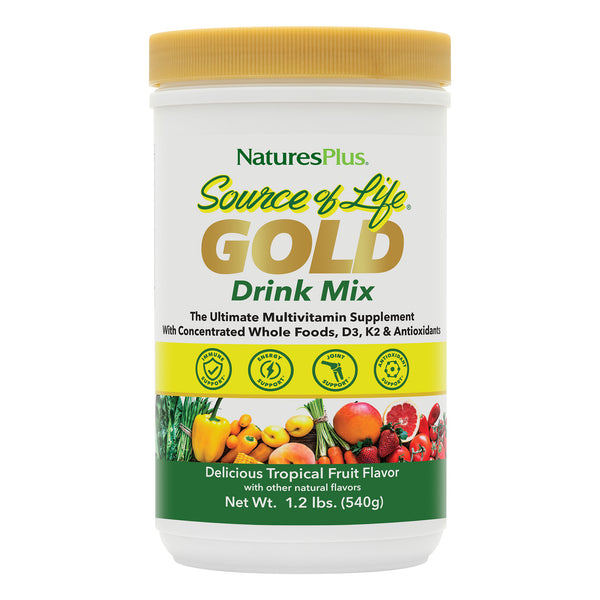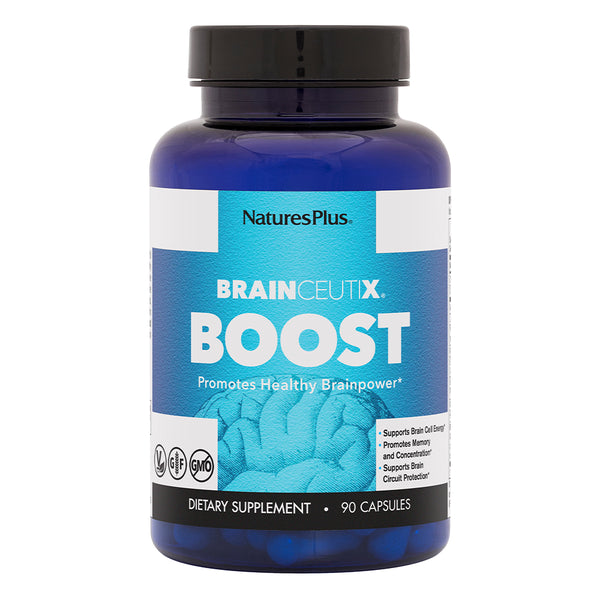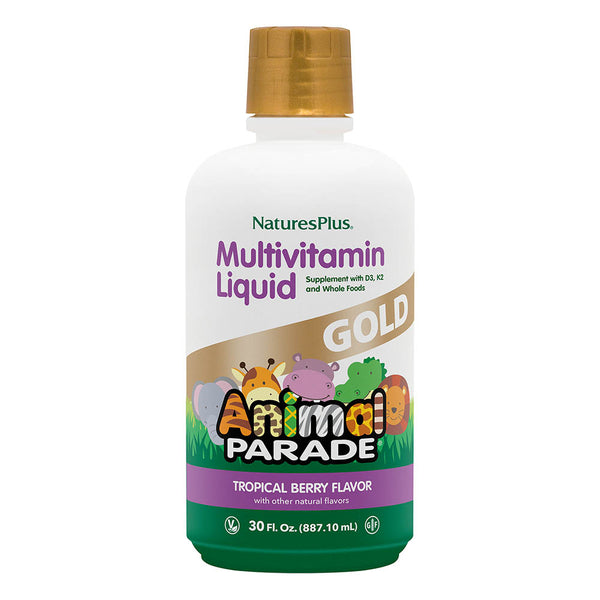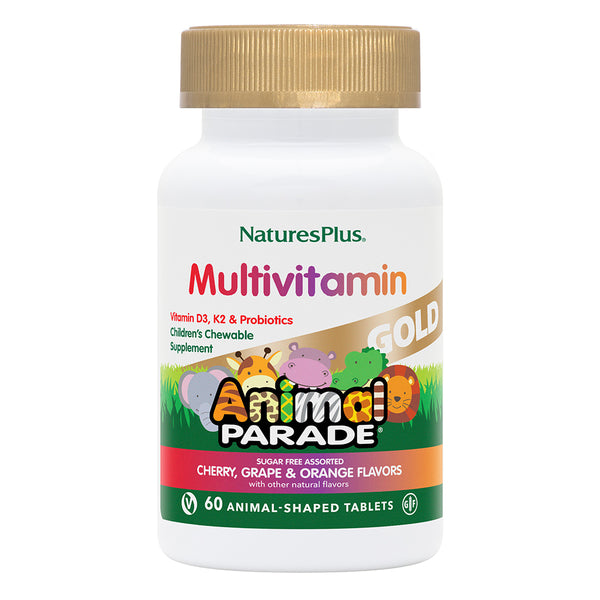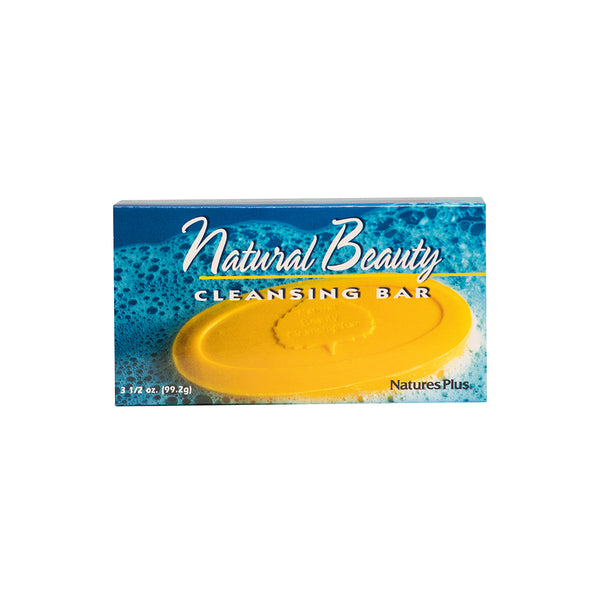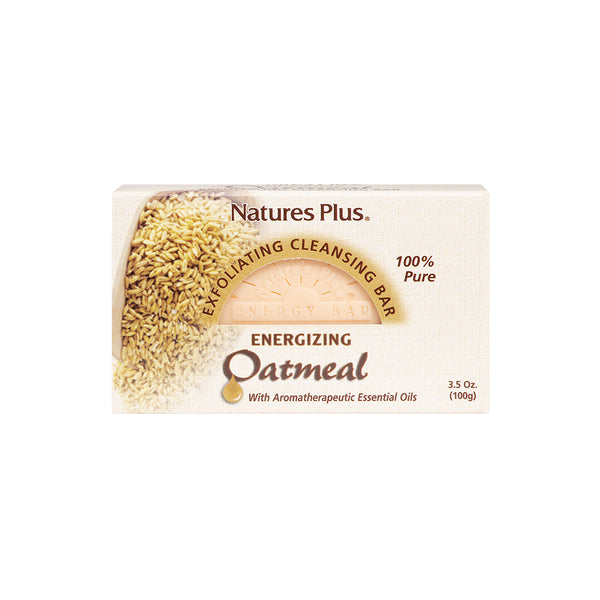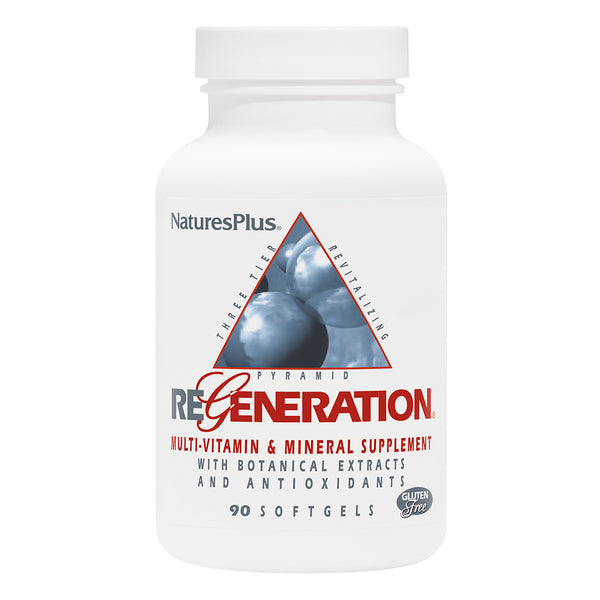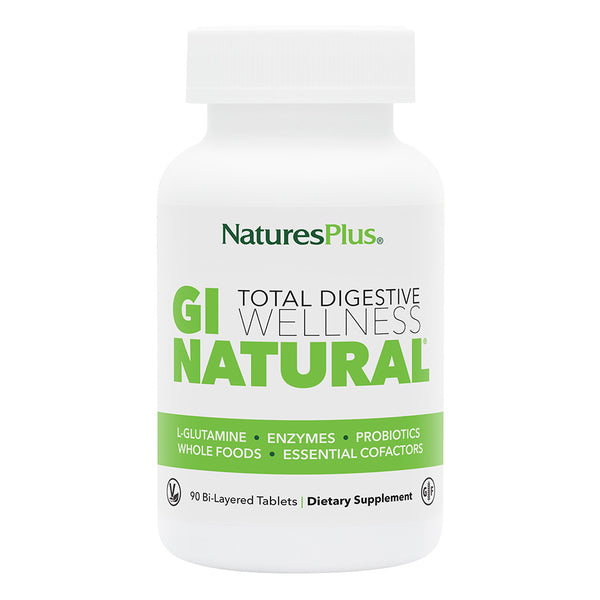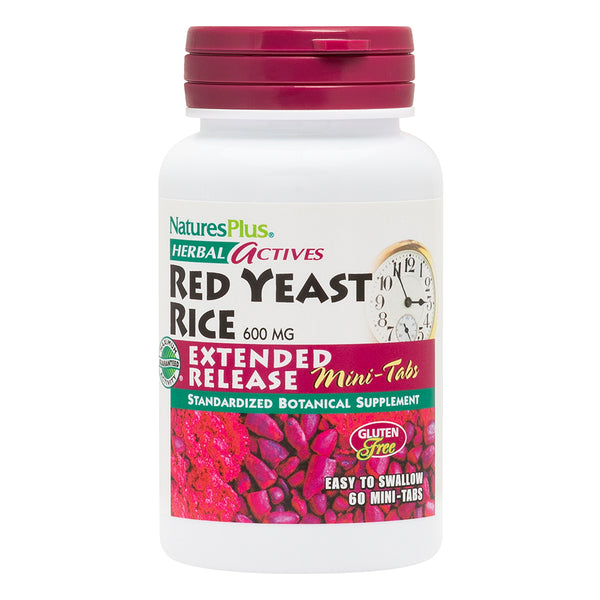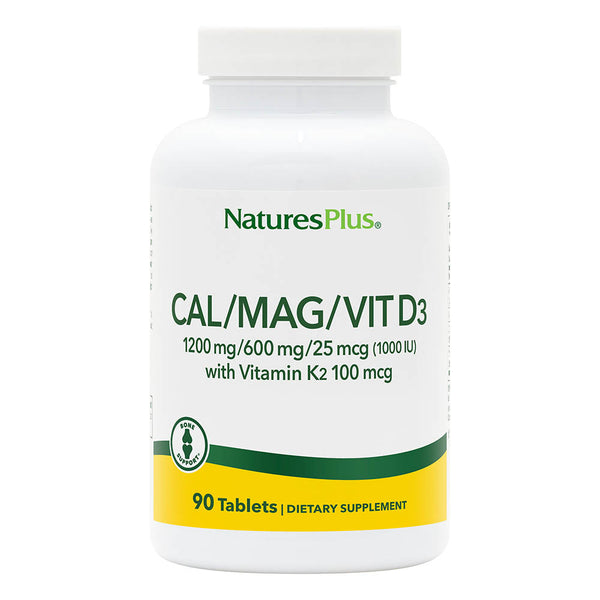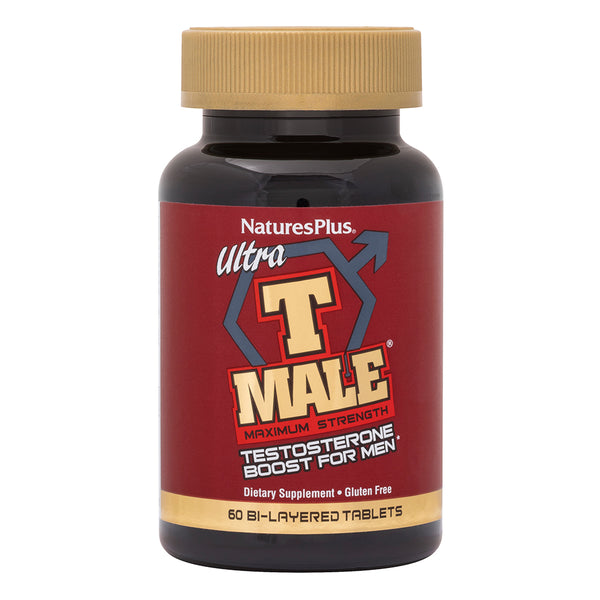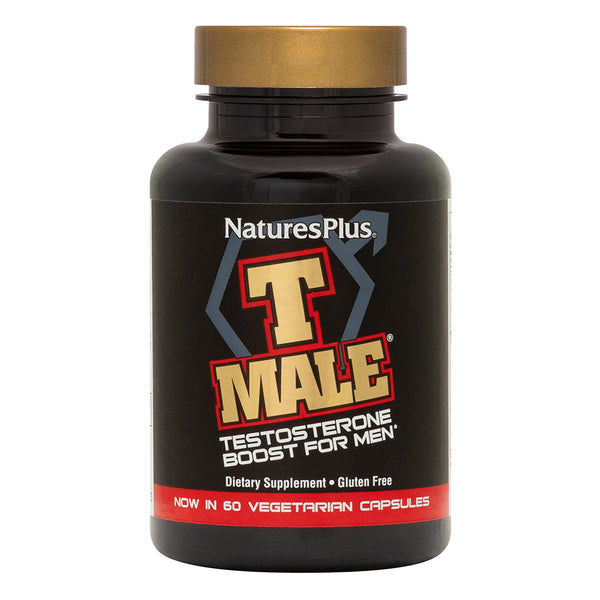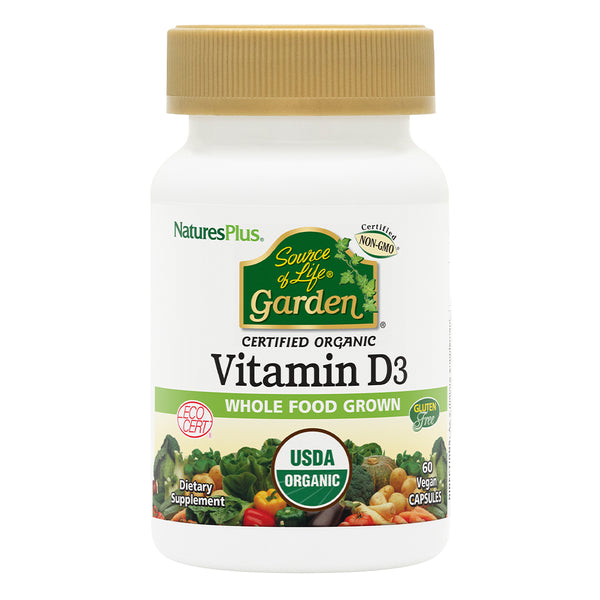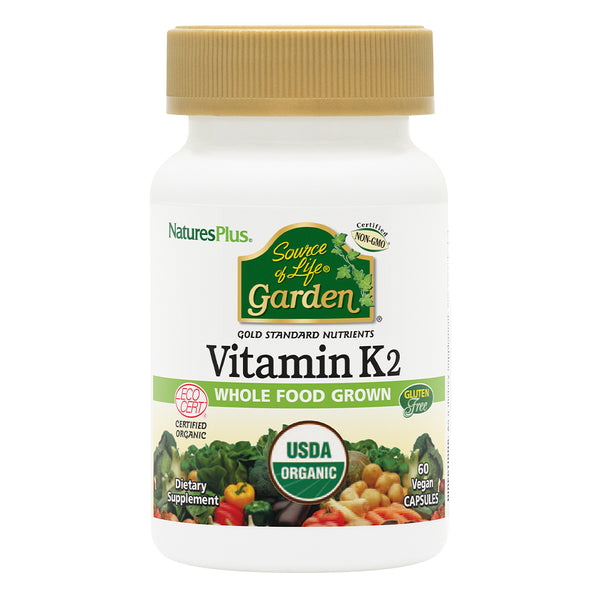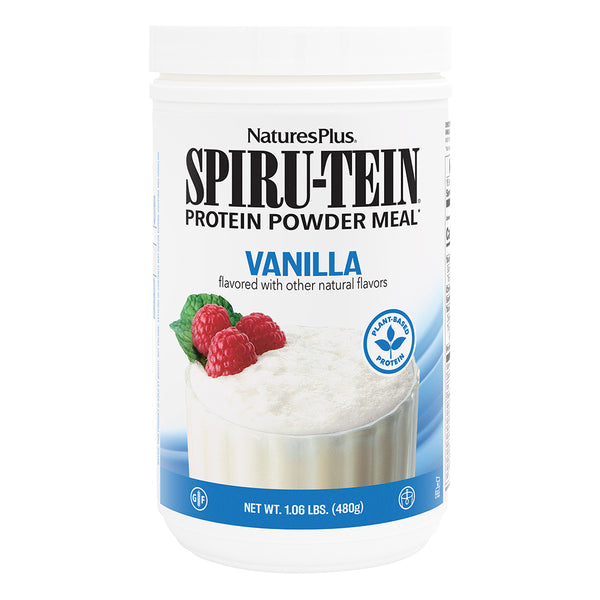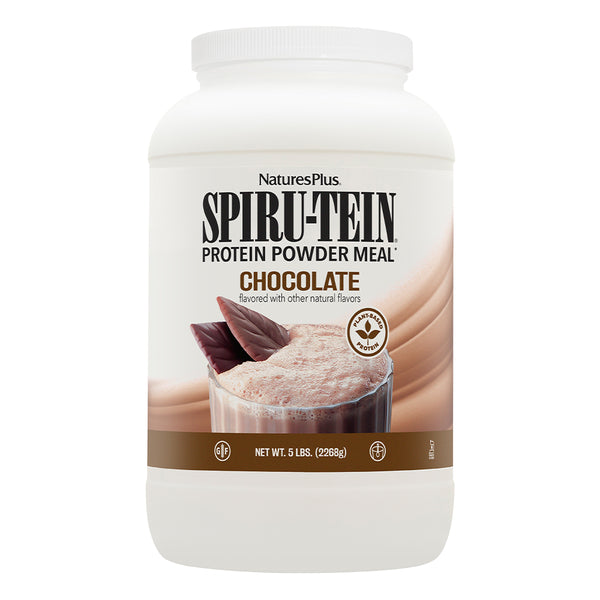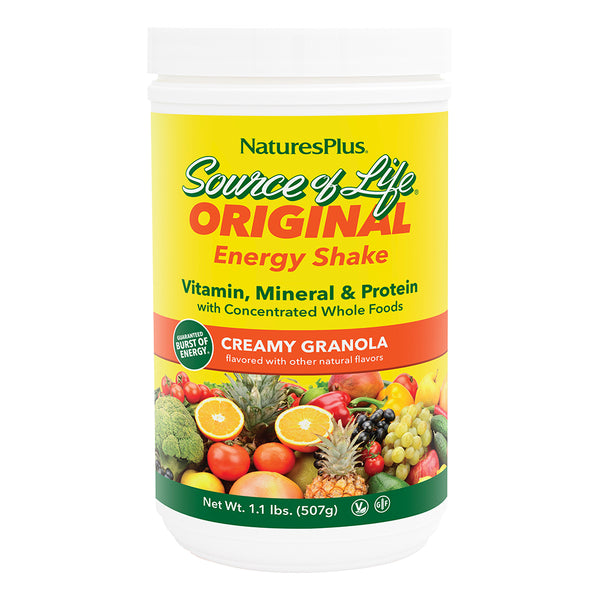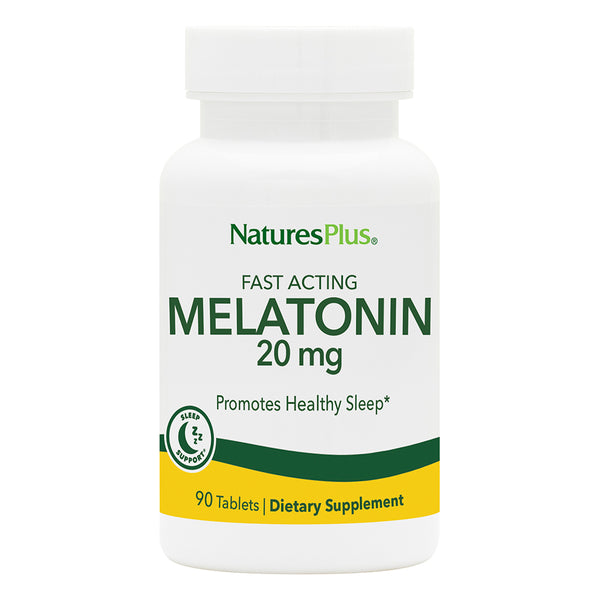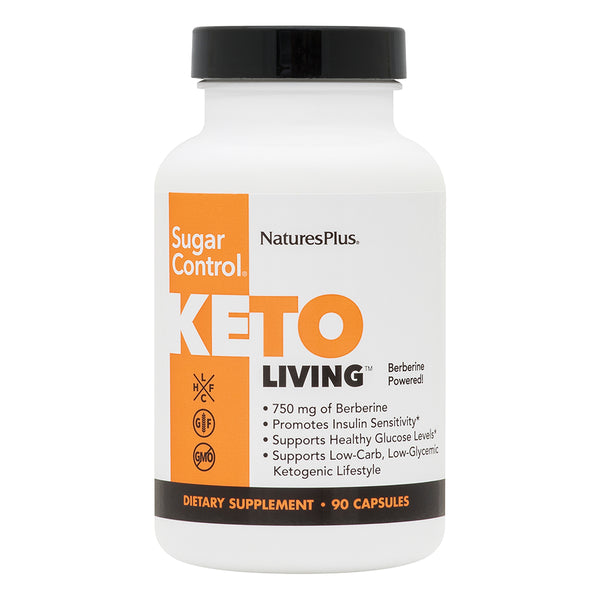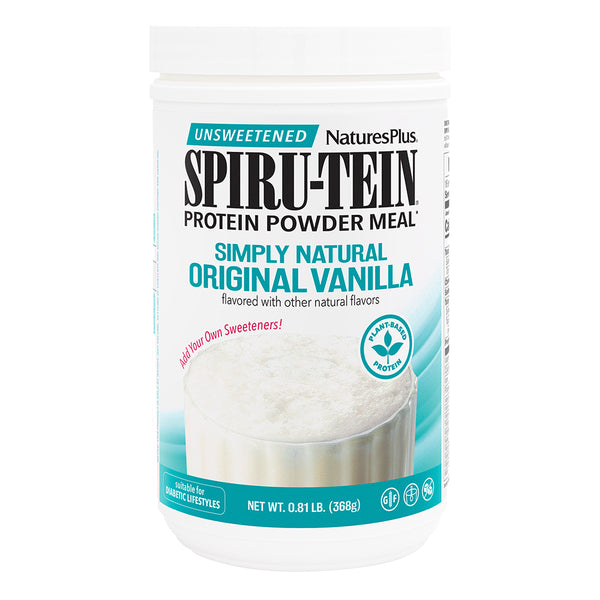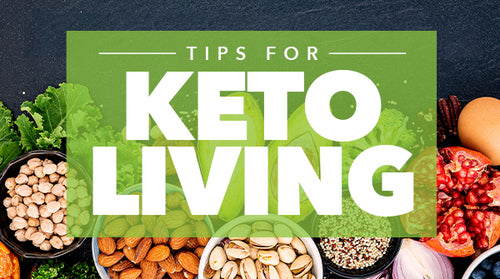Beef, with its zero carb count and plentiful protein, is a staple for keto dieters. What’s more, beef provides a wealth of micronutrients, including iron, selenium, zinc and vitamins B3, B6 and B12.
That being said, you want the best-quality meat you can find. You may have heard of grass-fed beef…and wondered if it was worth the extra cost.
What Is Grass-Fed Beef?
All cattle destined for beef production start life drinking their mothers’ milk before eating grass and hay, their natural food, for less than a year.
Conventionally raised cattle are then sent to feedlots, where the animals are confined in small spaces and given both grass- and grain-based feeds so that they’ll gain weight quickly.
Cattle that spend their entire lives eating grass instead are said to begrass-fed and -finished. Those that eat grain at a certain point before being moved back to grass are said to begrass-finished.
Neither term is the same asUSDA Organic,which specifies the use of organic, vegetarian feed. “However, that feed can include grains, which aren't part of a cow's natural diet,” says nutritionist Cynthia Sass, MPH, RD.
What’s more, “there’s no USDA marketing standard for grass-fed meat, and independent certifications have varying criteria,” Sass adds.
Health Advantages of Grass-Fed Beef
Researchers are finding that grass-fed beef offers a number of benefits, among them higher levels of micronutrients, healthier fatty acids and a better protein profile. Cows that eat grass all their lives are also less likely to harbor antibiotic-resistant bacteria.
Grass-Fed Beef Contains More Micronutrients
As we’ve noted, all beef contains a lot of vitamins and minerals. But beef taken from grass-fed cows contains more of them.
For starters, such beef contains higher levels of vitamin E and beta carotene, the precursor to vitamin A, as well as more B vitamins. (The extra beta carotene actually gives the fat in grass-fed beef a yellowish color.) Studies indicate that grass-fed beef supplies greater amounts of antioxidants as well.
In addition to vitamins and minerals, the micronutrient category includes healthful plant-based substances calledphytonutrients. Understanding Ag, a company that helps farmers switch to sustainable land-use practices, cites studies showing that “grass finishing animals concentrates significantly higher amounts of phytochemicals.”
Grass-Fed Beef Contains Better-Quality Fats
The type of feed a cow eats also affects the quality of its fat.
The fat found in grass-fed beef “contains higher amounts of very-long chain fatty acids,” says Understanding Ag. Such fats have been found to support heart health.†The information provided is not an endorsement of any product, and is intended for educational purposes only. NaturesPlus does not provide medical advice and does not offer diagnosis of any conditions. Current research on this topic is not conclusive and further research may be needed in order to prove the benefits described. The conditions and symptoms described may be indicative of serious health problems, and therefore should be brought to the attention of a qualified healthcare practitioner.
Grass-fed beef also contains more of the healthful omega-3 fats, including two types known aseicosapentaenoic acid (EPA) anddocosahexaenoic acid(DHA).
According to Understanding Ag, “The EPA was almost 10 times higher in grass-fed beef, while DHA was three times higher.” Evidence suggests that eating grass-fed beef raises omega-3 levels in people.
In addition, grass-fed beef contains greater amounts ofconjugated linoleic acid (CLA), which has been found to support reductions in body fat.†The information provided is not an endorsement of any product, and is intended for educational purposes only. NaturesPlus does not provide medical advice and does not offer diagnosis of any conditions. Current research on this topic is not conclusive and further research may be needed in order to prove the benefits described. The conditions and symptoms described may be indicative of serious health problems, and therefore should be brought to the attention of a qualified healthcare practitioner.
Grass-Fed Beef Has Healthier Proteins
Conventionally grown cattle are like sedentary humans; a combination of excess calories and reduced movement makes for an unhealthy metabolism.
On the other hand, grass-fed cows move around a lot more as they forage in pastures. “The muscle of grass-fed animals closely resembles the muscle structure of a healthy human athlete,” says Understanding Ag.
Grass-fed cows also tend to have less of a potentially problematic amino acid calledhomocysteinein their blood. Understanding Ag calls this another “indication that the grass-fed animals are metabolically healthier than grain-fed animals.”
Why Antibiotics Are Used in Beef Production…And Why That’s Harmful
Cows finished on grain are prone to developing liver abscesses, which can slow growth and complicate processing.
Feeding antibiotics to cattle helps keep growth on track, but at a steep price: The surviving bacteria eventually become immune to the drug’s effects. If such bacteria escape the feedlot, they can infect people—who then can’t be treated with antibiotics.
In an effort to reduce this hazard, calledantibiotic resistance, the Food and Drug Administration (FDA) has released arule controlling the use of antibiotics in animal feed; such drugs need to be administered under a veterinarian’s direction and cannot be used to promote growth. However, antibiotics can still be used to treat or prevent disease.
Liver abscesses are rare in grass-fed cows. As a result, “grass-fed beef is less likely to contain ‘superbugs’—bacteria that have become resistant to three or more classes of antibiotics—so it's considered superior from a food safety perspective,” notes Sass.
Environmental Effects of Grass-Fed Beef
Advocates for grass-fed beef also cite it as being more eco-friendly than meat from conventionally raised cattle.
Normally cattle production requires a lot of land to grow the corn and soybeans used to feed the cows. In turn, growing these crops requires such inputs as irrigation water, fertilizer and chemicals used to control pets and weeds.
Those in the grass-fed camp believe keeping cows in pastures all their lives promotes greater soil health (cow manure is a great fertilizer) and avoids the erosion problems associated with plowing fields to grow crops.
However, the research is mixed on whether or not keeping cows on grass has a positive environmental impact.
Studies have shown that grass-fed cows, with their longer lifespans, actually produce more methane, a key greenhouse gas, mostly by belching. But other research suggests that this effect is offset by the large amount of carbon dioxide trapped in grassland, which may help to mitigate climate change.
What to Look for in Grass-Fed Beef
It’s always a good idea to check the source of the meat you’re buying. “If you're purchasing a particular brand in a store, pull out your phone and visit their website,” advises Sass.
You should also double-check whether or not the package says “grass-fed” or “grass-finished.” If it’s grass-finished, the North Carolina Cooperative Extension says it “should have the percentage of grain to grass-fed somewhere on the label.”
Because grass doesn’t add weight to cattle as quickly as grain-based feeds, grass-fed cattle are sent to be processed later than conventionally raised animals; they also weigh less. This explains why grass-fed beef tends to cost more.
In addition, conventional beef tends to have more fat, ormarbling, throughout the meat. “The marbling is responsible for a lot of the flavor and tenderness of beef,” says the NC Coop. “Grass-fed beef typically has a more yellow-colored fat and is leaner with less overall marbling and fat.”
†The information provided is not an endorsement of any product, and is intended for educational purposes only. NaturesPlus does not provide medical advice and does not offer diagnosis of any conditions. Current research on this topic is not conclusive and further research may be needed in order to prove the benefits described. The conditions and symptoms described may be indicative of serious health problems, and therefore should be brought to the attention of a qualified healthcare practitioner.The information provided is not an endorsement of any product, and is intended for educational purposes only. NaturesPlus does not provide medical advice and does not offer diagnosis of any conditions. Current research on this topic is not conclusive and further research may be needed in order to prove the benefits described.
The conditions and symptoms described may be indicative of serious health problems, and therefore should be brought to the attention of a qualified healthcare practitioner.
Like this article? You’ll love our weekly newsletter
sign up here!
**These statements have not been evaluated by the Food and Drug Administration. This product is not intended to diagnose, treat, cure or prevent any disease.
